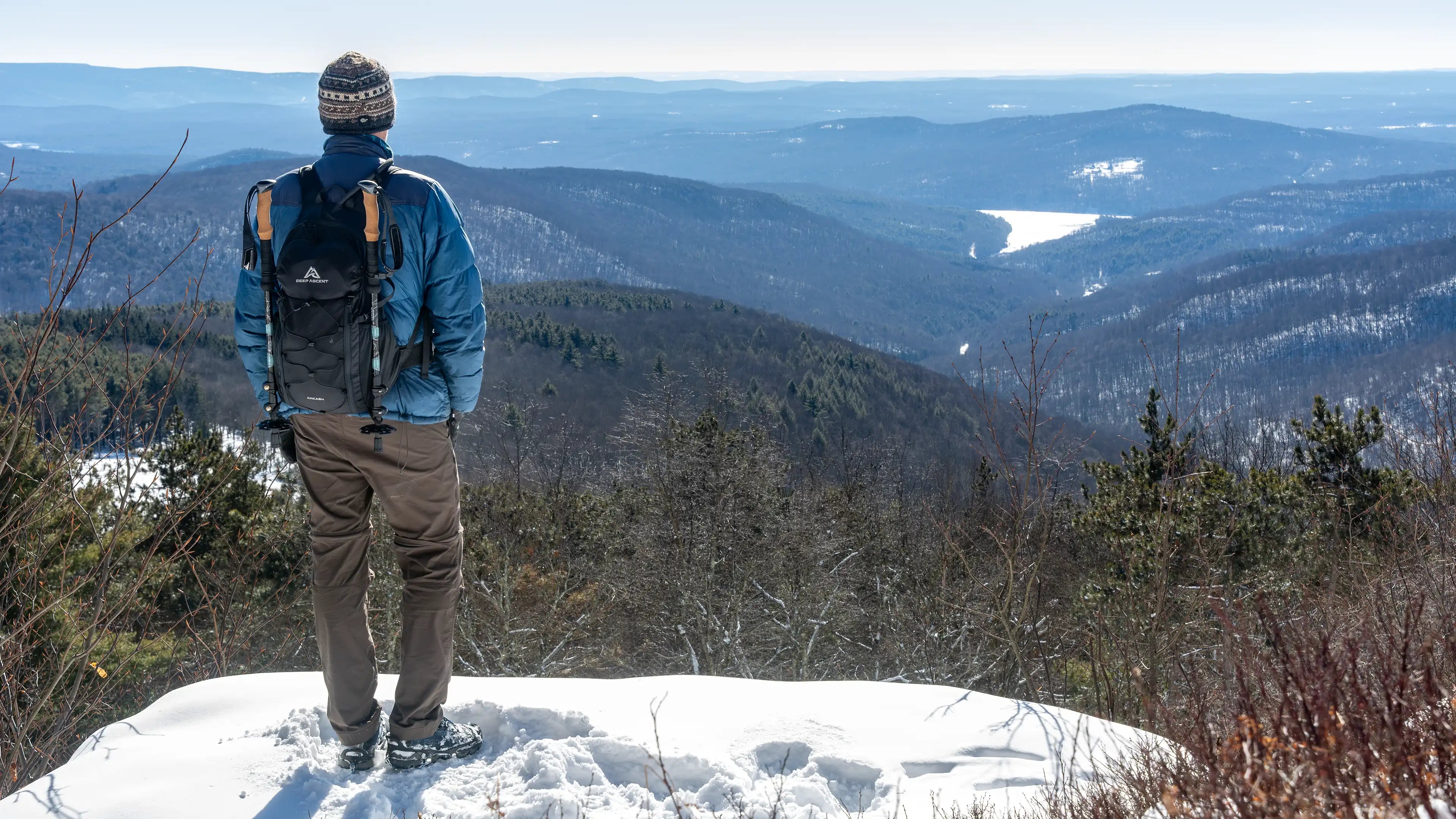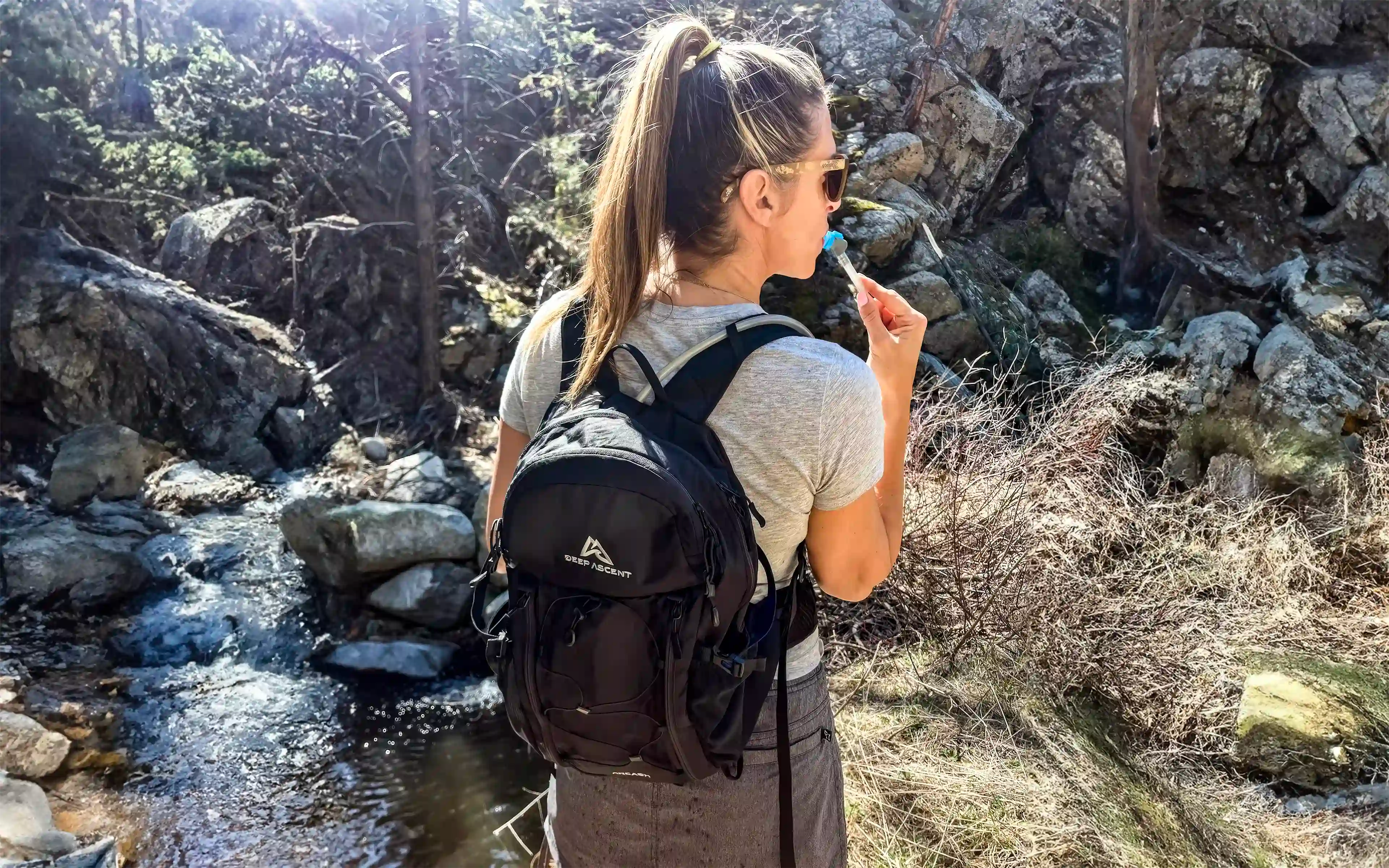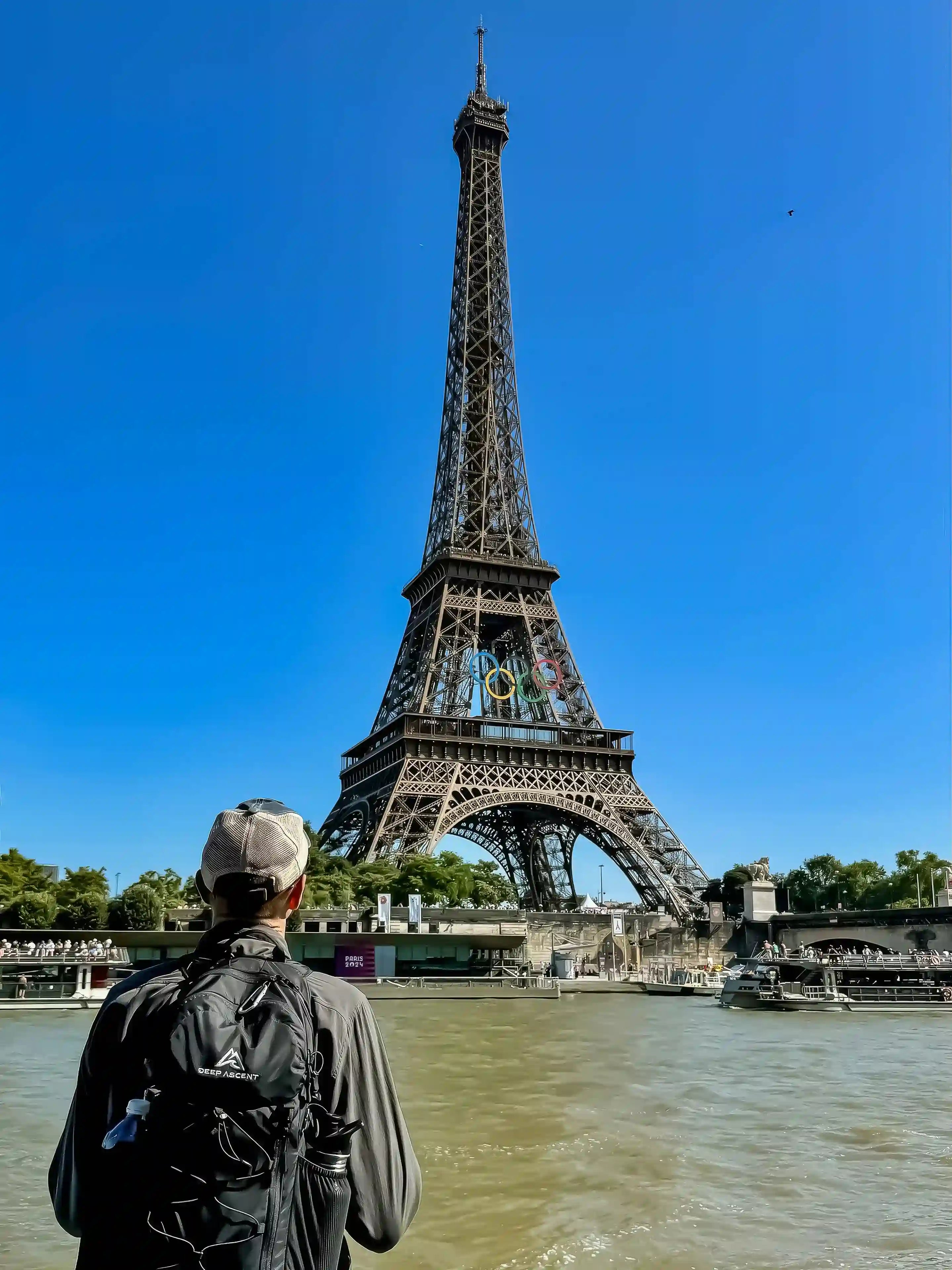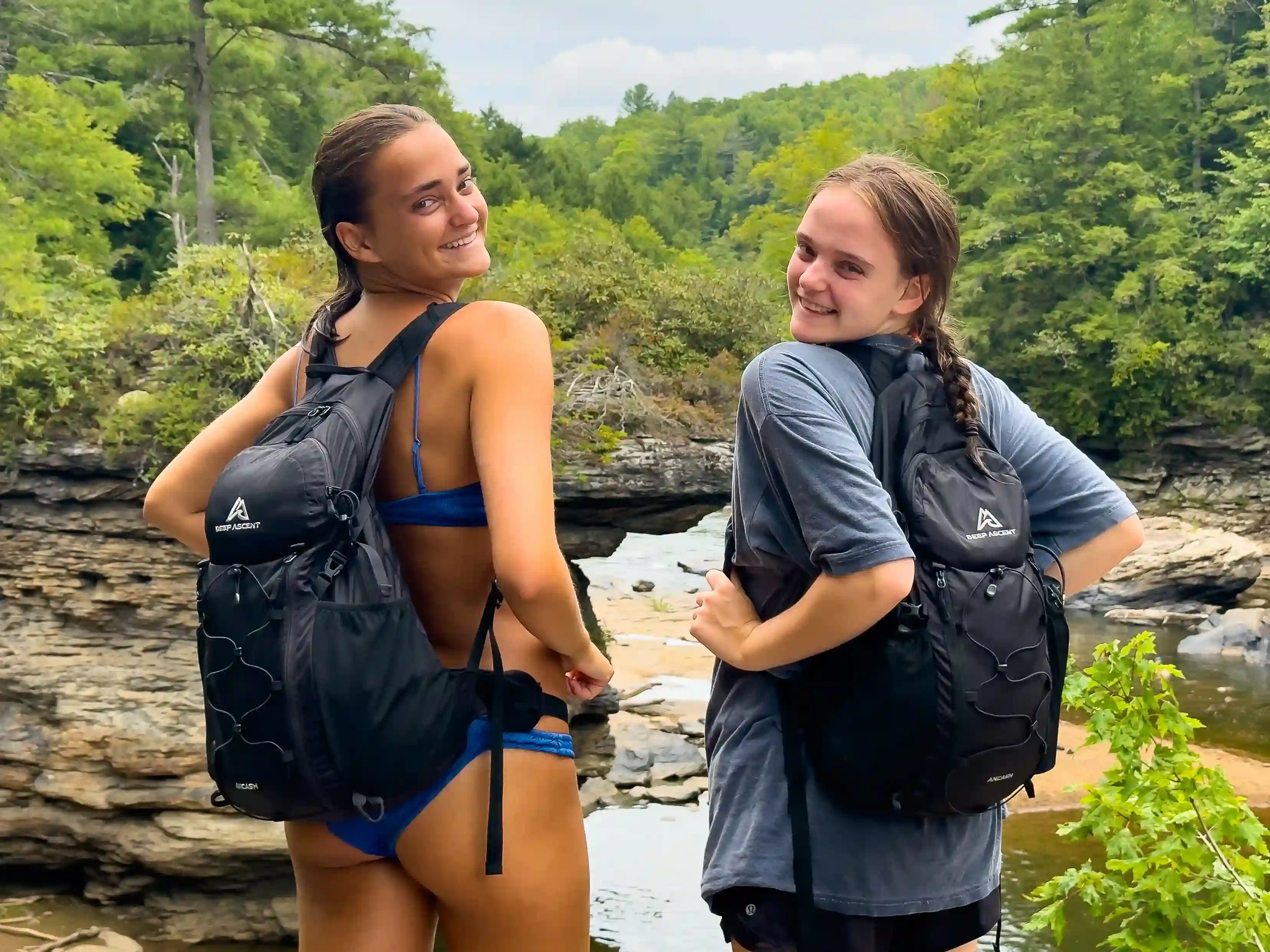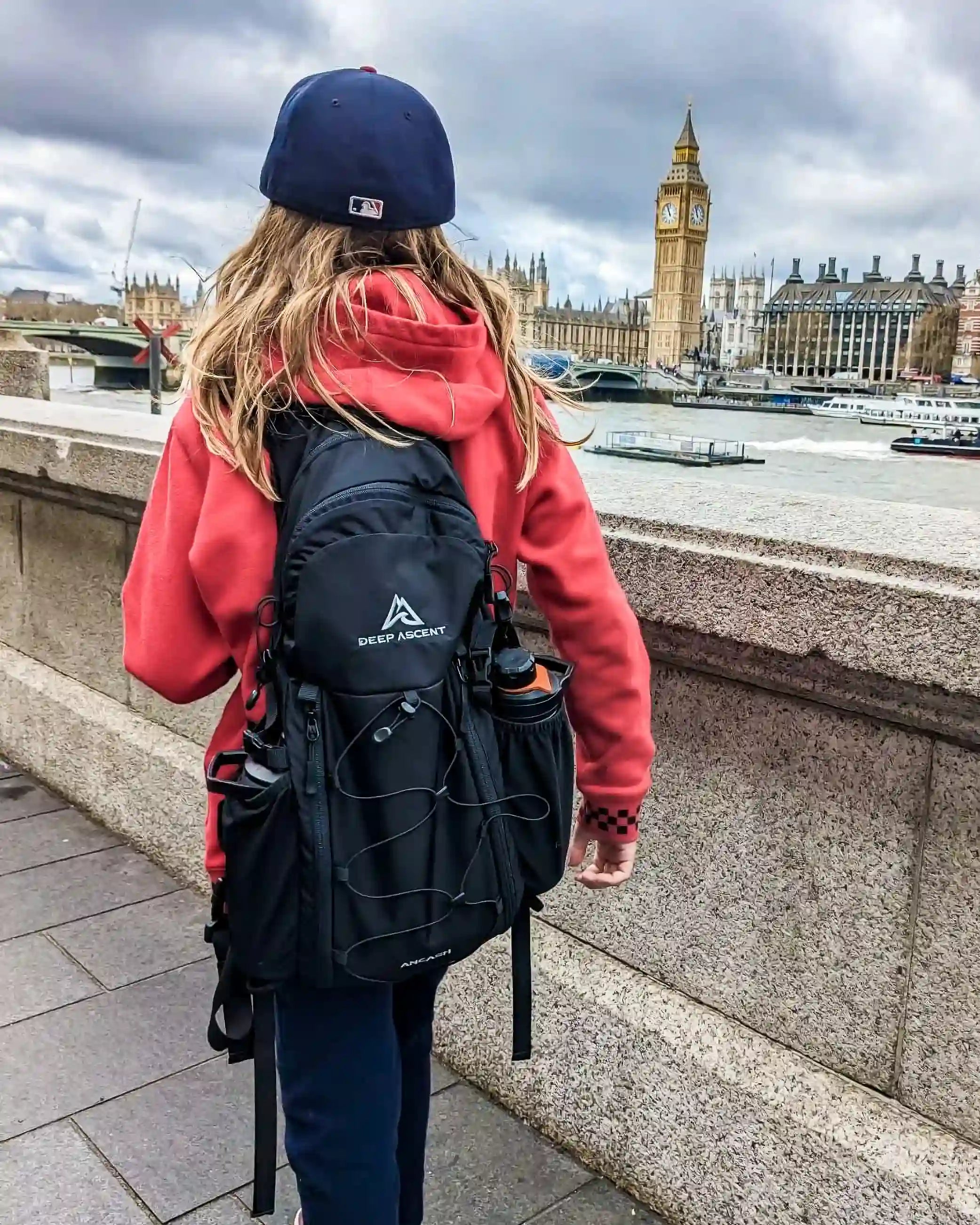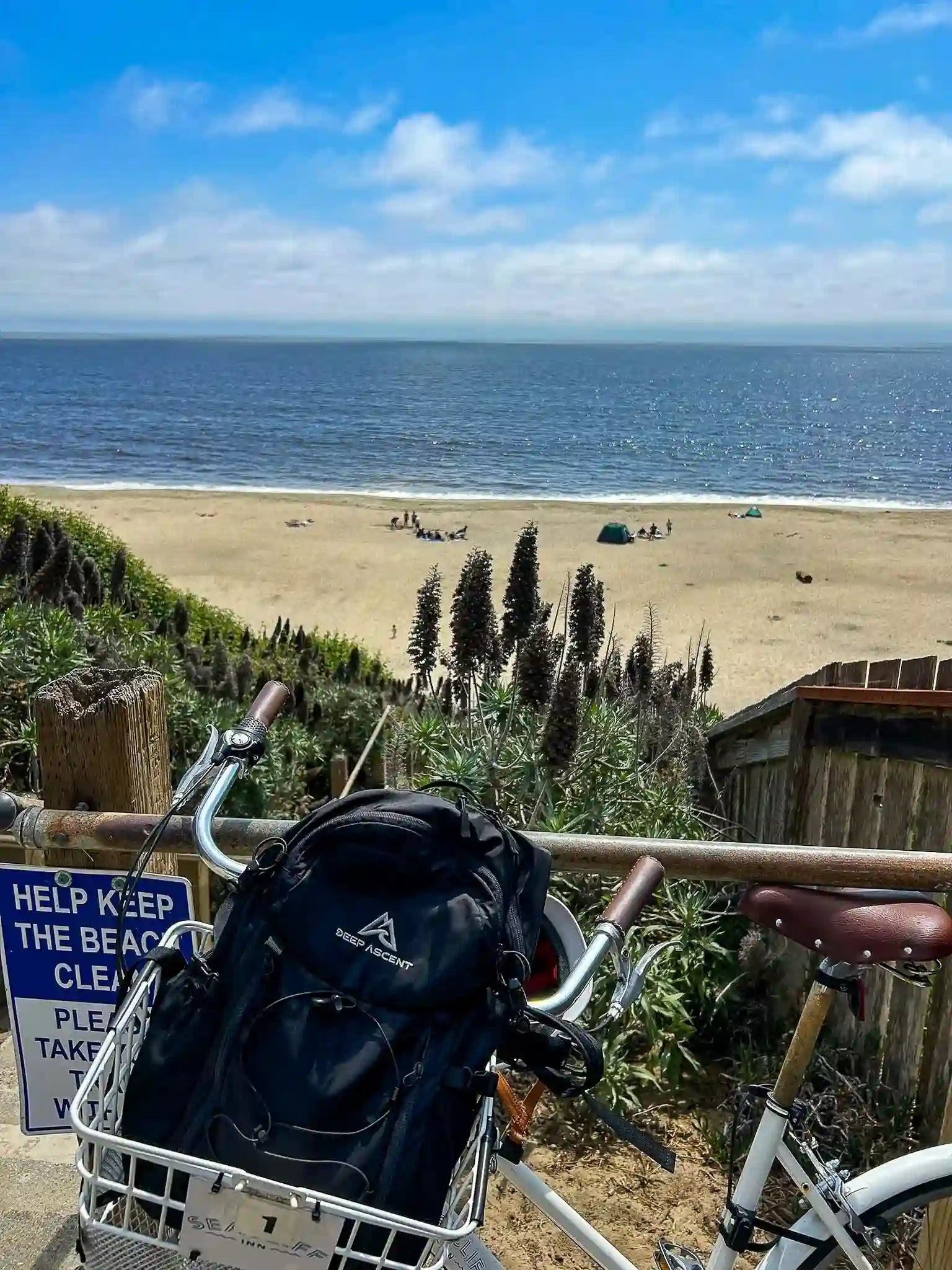Demystifying Backpack Waterproofing
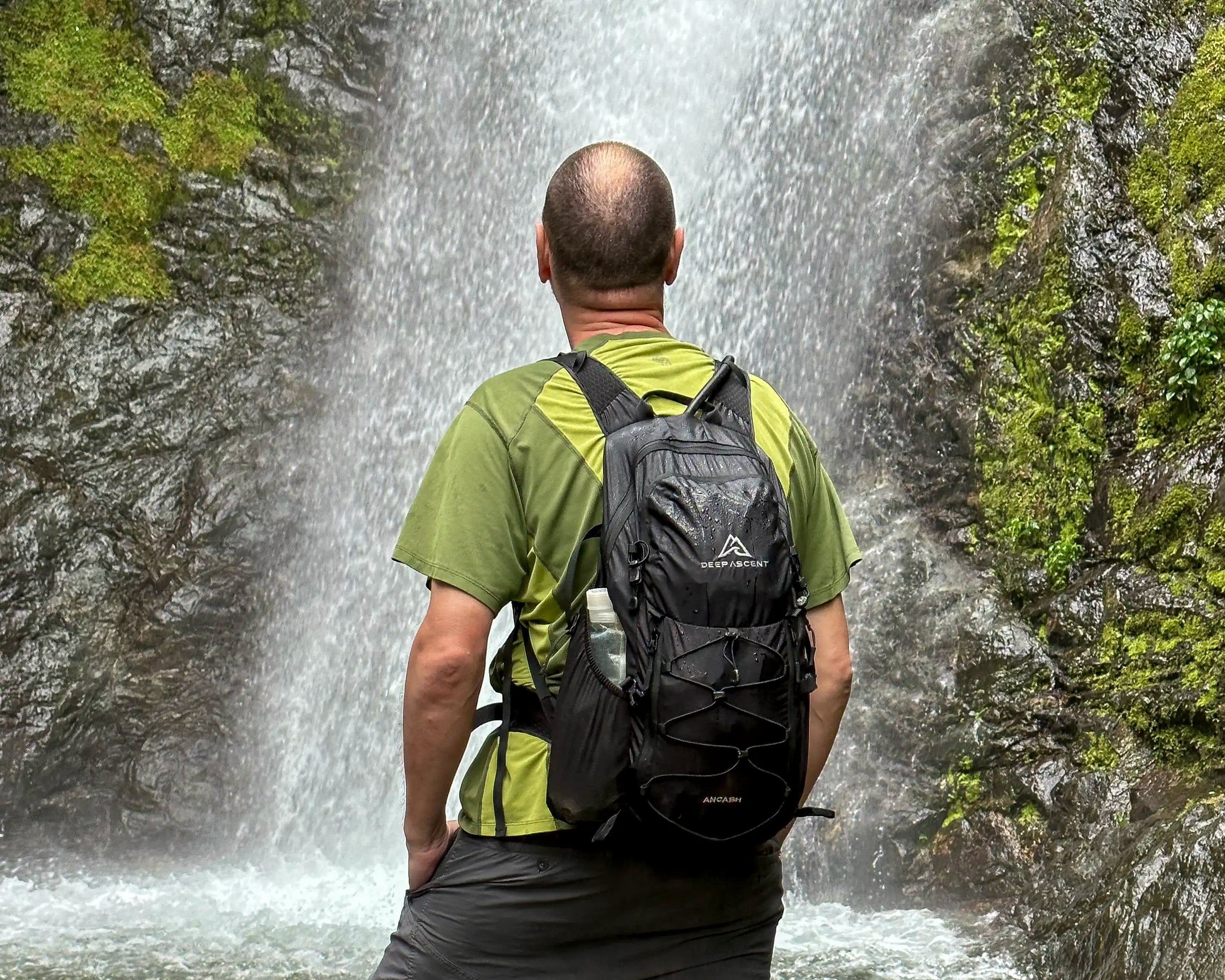
Picture this: You're on the trail, conquering a challenging hike. The scenery is breathtaking, and the adventure is exhilarating. But suddenly, dark clouds gather overhead, and a downpour threatens to dampen your spirits (and your gear!). The last thing you should be worrying about is whether your backpack can withstand the impending rain.
Navigating the world of outdoor gear, especially when it comes to backpack waterproofing, can feel like entering a labyrinth. With countless options boasting of "waterproof" construction, it's easy to wonder what that term truly entails. The truth is, most backpacks fall short of complete waterproofing. But fear not, adventurers! This guide will help you navigate the complexities of backpack waterproofing, equipping you with the knowledge to choose the perfect pack for any adventure.
Making Sense of Waterproofing Terminology
Backpacks are commonly marketed as waterproof, water-resistant, or sometimes even water-repellent. Let's unpack what these terms really mean.
Waterproof
Waterproof backpacks are designed to prevent water from penetrating through the fabric, seams, and closures, even in heavy rain or submersion in water. These backpacks typically feature specialized waterproof materials, sealed seams, waterproof zippers, and other waterproofing features to create a watertight barrier. Waterproof backpacks are ideal for activities where prolonged exposure to water is inevitable. They offer superior protection for electronics, clothing, and other sensitive gear that must remain dry.
Water-Resistant
Water-resistant backpacks provide some level of protection against water penetration, but they are not entirely impervious to moisture. They are typically made from materials that repel water to a certain extent, such as treated fabrics or coatings. While they can withstand rain, prolonged exposure to water may eventually lead to water seeping through. These backpacks are suitable for everyday use, commuting, or outdoor activities where the risk of encountering large amounts of water is minimal. Most backpacks fall into this category but their levels of water resistance vary significantly. Therefore, it's crucial to do your research to understand what techniques are being used to make a backpack water-resistant.
Water-Repellent
This term can be a little misleading. It simply means the fabric has been treated to repel water. Water-repellent finishes, like DWR, can be found on both waterproof and water-resistant backpacks so if a backpack is only marketed as being water-repellent it doesn't give you the full story.
The Different Waterproofing Techniques
Now that we've established some of the lingo, let's delve into the different ways to make a backpack waterproof, or water-resistant.
Durable Water Repellent (DWR)
DWR is a chemical coating that is applied to the outer surface of the fabric to repel water, causing it to bead up and roll off rather than soaking into the fabric. DWR treatments are essential for preventing the outer fabric from becoming saturated with water, thereby keeping the backpack lighter and drier.
The downsides of DWR are that it can wear off over time with use and exposure to dirt, oils, and abrasion, requiring periodic reapplication. They may also contain environmentally harmful perfluorochemicals (PFCs) so be sure to look for PFC-free DWR which many eco-conscious brands use.
Polyurethane (PU) Coating
PU coatings are typically applied to the backside of the fabric as a waterproof membrane or layer. It provides a barrier that prevents water from passing through the fabric, offering additional protection against moisture penetration. PU coatings are also more durable and resistant to wear compared to DWR, providing longer-lasting waterproofing performance.
The downsides of PU are that it will add weight and stiffness to the fabric as well as weaken it. Delamination is also an issue, which is the separation or peeling of the PU coating from the fabric. This can occur over time due to various factors such as wear and tear, exposure to harsh environmental conditions, or improper storage.
PU is the most common coating that is used in backpacks but there are alternatives, such as silicone, TPU (Thermoplastic Polyurethane), and possibly UTS (Ultra Tear Strength) — the information on UTS is scarce but some manufacturers have said that they are switching to it from PU. While these alternatives may offer some advantages over PU, like increasing the tear strength of the fabric, PU currently finds the right balance of protection and cost-effectiveness.
Taped Seams
When fabric panels are stitched together to construct a backpack, tiny needle holes are created along the seam lines. While the fabric itself may be waterproof or water-resistant, these needle holes can serve as potential entry points for water, compromising the overall waterproofness of the backpack. To address this issue, manufacturers can utilize a process called seam taping. Seam taping involves applying a thin, waterproof tape along the stitched seams of the backpack. The tape is usually made of PU, silicone, or TPU. This tape serves as a barrier that covers the needle holes, preventing water from seeping through the seams and into the interior of the backpack.
The downsides of taped seams are the additional cost, added weight, and delamination.
Waterproof Zippers
Waterproof zippers are integral components of waterproof backpacks, providing an additional layer of protection against water ingress through the closure points. These specialized zippers are constructed with durable materials such as PU, TPU, or PVC and feature a sealed design that prevents water from passing through the zipper teeth.
The downsides of waterproof zippers are the additional cost, added weight, delamination, and a reduction in flexibility which will make it more challenging to open and close the zipper compartments.
Fabrics
Forget the fancy coatings, sealed seams, and waterproof zippers for a second. Believe it or not, the fabric itself can be a backpack's first line of defense against moisture. Imagine water droplets hitting a tightly woven spiderweb — the tight weave creates minimal gaps for water to penetrate, causing them to bead up and roll off. Backpacks can achieve a similar effect with high thread count fabrics, especially those with a ripstop weave. Both nylon and polyester, popular backpack materials, benefit from this. A tight weave creates a physical barrier, leaving fewer gaps for water to sneak through. High denier versions of these fabrics, where denier refers to fiber thickness, often go hand-in-hand with tighter weaves (but not always), further enhancing this natural water resistance. Ripstop weaves take it a step further. These weaves incorporate thicker threads in a grid-like pattern, acting like tiny dams that further reduce water's access points.
Even though a fabric can have some water resistance you should not solely rely on it to be the only defense against the elements, so other waterproofing techniques should be employed. There also some materials, like PVC (polyvinyl chloride) that are inherently waterproof, but they are less suitable for backpacks due to their stiffness, weight, and lack of breathability. PVC lacks the flexibility and comfort required for prolonged outdoor use, making it less practical for backpack construction.
Roll-Top Closure
Roll-top closures are effective at making backpacks waterproof due to their simple yet efficient design. By rolling the top of the bag down several times and securing it with a buckle or strap, a tight seal is created, preventing water from seeping into the main compartment, even in heavy rain or submersion. This design eliminates the need for zippers or seams along the opening, which are common weak points for water ingress. Additionally, roll-top closures are versatile and allow for easy adjustment of the bag's size based on the contents inside, ensuring a snug fit and further enhancing waterproofing.
Some downsides to roll-top closures include limited accessibility — it's harder to retrieve something from the bottom and you'll need to unroll and re-roll every time you open the pack. There's also the potential for overstuffing which could compromise the waterproofing integrity.
Rain Covers
A rain cover is a lightweight, waterproof or water-resistant shell that acts like a raincoat for your backpack. While not a permanent solution, it's a simple and affordable way to add a layer of waterproofing, especially for backpacks that lack other waterproofing methods.
The downsides of rain covers are that most packs won't include them so they will need to be purchased separately, it might be hard to find a rain cover that fits your backpack snugly, and they will also prevent easy access to your gear.
Deciphering Hydrostatic Head
Now, let's get a little technical. To gauge a backpack's fabric's waterproofness more objectively, we turn to something called hydrostatic head. It's a test that involves a bit of water torture for the fabric— a column of water is placed on the material and the pressure is gradually increased until water begins to penetrate. This pressure is measured in millimeters (mm) and gives you a hydrostatic head rating. While several standards exist for conducting this test, at Deep Ascent, we have opted for ISO 811, recognizing its comprehensive methodology and widespread acceptance as the premier standard for evaluating hydrostatic head in textiles.
Curious about how different hydrostatic head ratings translate into real-world scenarios and what constitutes a minimum rating for a backpack's fabric to be considered waterproof? Unfortunately, consensus on this matter is lacking, and any recommendations that are usually given are for different types of gear, such as tents and jackets. While some countries provide guidance, the United States does not offer specific standards for waterproofness. Despite the lack of a universal standard, here's what we consider a good hydrostatic head breakdown for backpacks.
Below 500mm (Mist or extremely light drizzle)
Not recommended for serious rain protection. Consider using a rain cover for your backpack in even slightly wet conditions.
500 - 1000mm (Light rain and short bursts of showers)
Ideal for day hikes where occasional light rain is a possibility. This range can handle light moisture but might not hold up for extended periods or moderate rain.
1000 - 1500mm (Moderate rain and wet conditions)
Suitable for most outdoor activities where moderate rain is expected. It can handle sustained moderate rain and some shorter heavier showers without soaking through.
1500 - 2500mm (Heavy rain and sustained downpours)
Recommended for backpacking, multi-day hikes, and activities in wet environments. These backpacks offer significant protection against heavy rain and can withstand extended exposure to moisture.
2500 - 5000mm (Very heavy rain and extreme weather conditions)
Ideal for mountaineering, expeditions, and situations with very heavy rain or snowfall. They provide excellent protection and can endure prolonged exposure to extreme wet conditions.
Above 5000mm
Primarily used in technical gear for situations with extreme downpours or potential submersion, offering maximum waterproofing capabilities.
Here's the key takeaway: Without a listed hydrostatic head rating, accurately gauging a backpack's waterproofness becomes virtually impossible. But while this rating provides valuable insight into the fabric's ability to withstand water pressure, it's just one piece of the puzzle. To gain a comprehensive understanding of a backpack's complete waterproof capabilities, it's essential to consider all other waterproofing techniques that the pack employs.
Ancash Packable Daypack: A Balanced Approach to Waterproofing
At Deep Ascent, we dedicated extensive efforts to striking the perfect balance of waterproofing for our Ancash Packable Daypack. Recognizing the diverse needs of adventurers, we understand that not everyone requires a fully waterproof pack. Hence, we opted to design it as water-resistant, prioritizing both affordability and weight efficiency. To achieve this, we use environmentally friendly PFC-free DWR and PU coatings on the outer ripstop nylon shell, offering a hydrostatic head rating of 1500mm. Additionally, the inner polyester lining features a PU coating for enhanced moisture resistance. While it may not withstand a monsoon, the Ancash Packable Daypack remains an excellent choice for day hikes, travel, and everyday adventures where encounters with rain are possible. Furthermore, our commitment to sustainability is reflected in our use of PFC-free DWR, aligning with our vision for a greener future.
As you explore the world of backpack waterproofing, it's essential to navigate through the terminology, methods, ratings, and environmental impacts with careful consideration. By remaining informed and mindful of these factors, you empower yourself to make conscientious choices that align with your unique needs and values. Whether you're embarking on a rugged outdoor adventure or simply commuting to work, ensuring your gear stays dry and protected is paramount. So, arm yourself with knowledge, explore the available options, and embark on your journeys with confidence and peace of mind.

